When the Great Ice Storm of 1998 hit, it left millions without power for days, weeks, or even months. The crisis affected northern New York and Maine in the United States, and Eastern Ontario, Southern Quebec, Nova Scotia, and New Brunswick in Canada. Canadian cities Ottawa and Montreal completely shut down, and the storm caused the largest deployment of the Canadian military since the Korean War.
Article cross-posted from our premium news partners at The Epoch Times.
At the time of the storm, Yves and Velvet Rollin were living in Guelph, Ontario. They were not directly affected, but they quickly realized just how helpless they would have been had their power been cut for any length of time. Although they had a wood stove in their home, it was inaccessible in a basement rental apartment.
“It was a wake-up call,” said Velvet. The couple was already thinking about moving to the countryside, and was interested in alternative housing and being more self-sufficient. The ice storm propelled them to make a radical and adventurous decision. In 1999, they bought a 40-acre property in Bruce County, Ontario that had no electricity, and started planning a self-built, off-grid home.
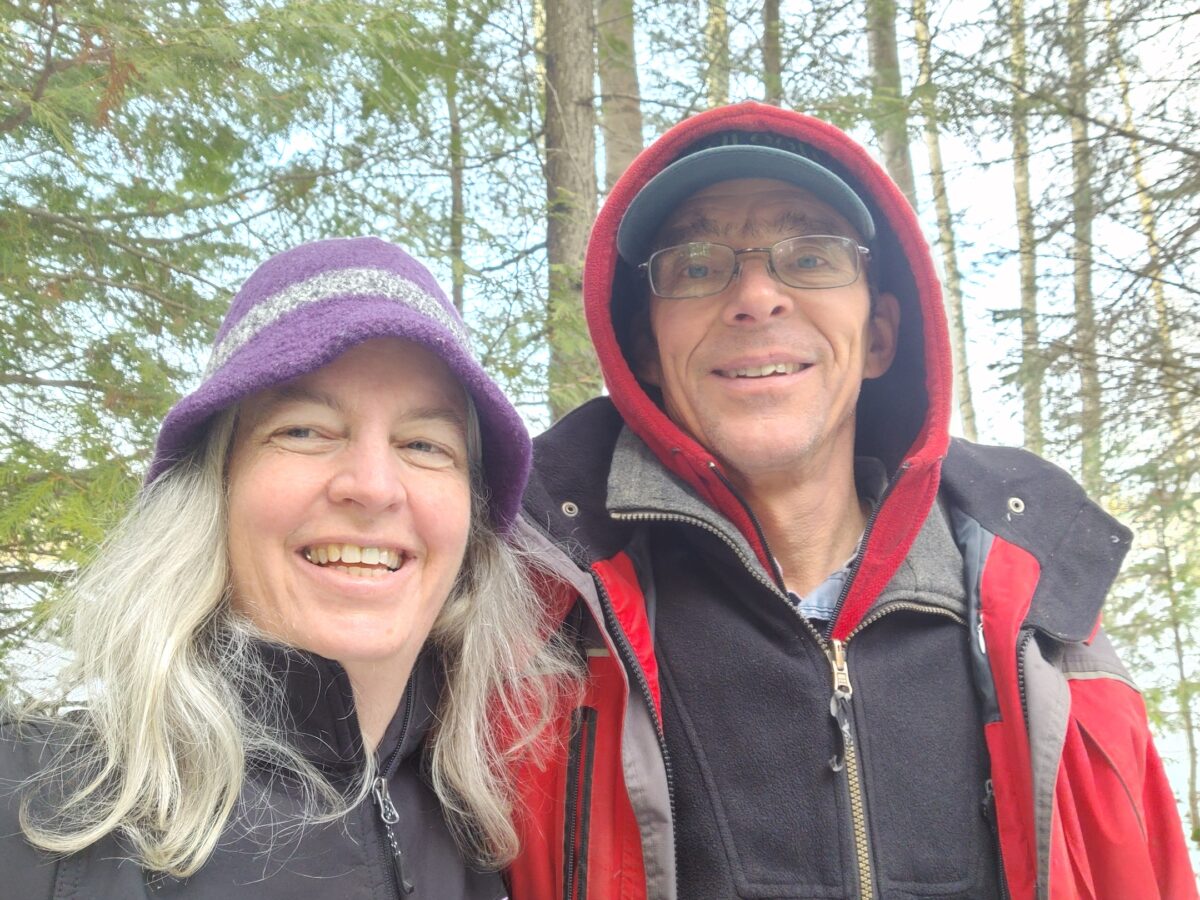
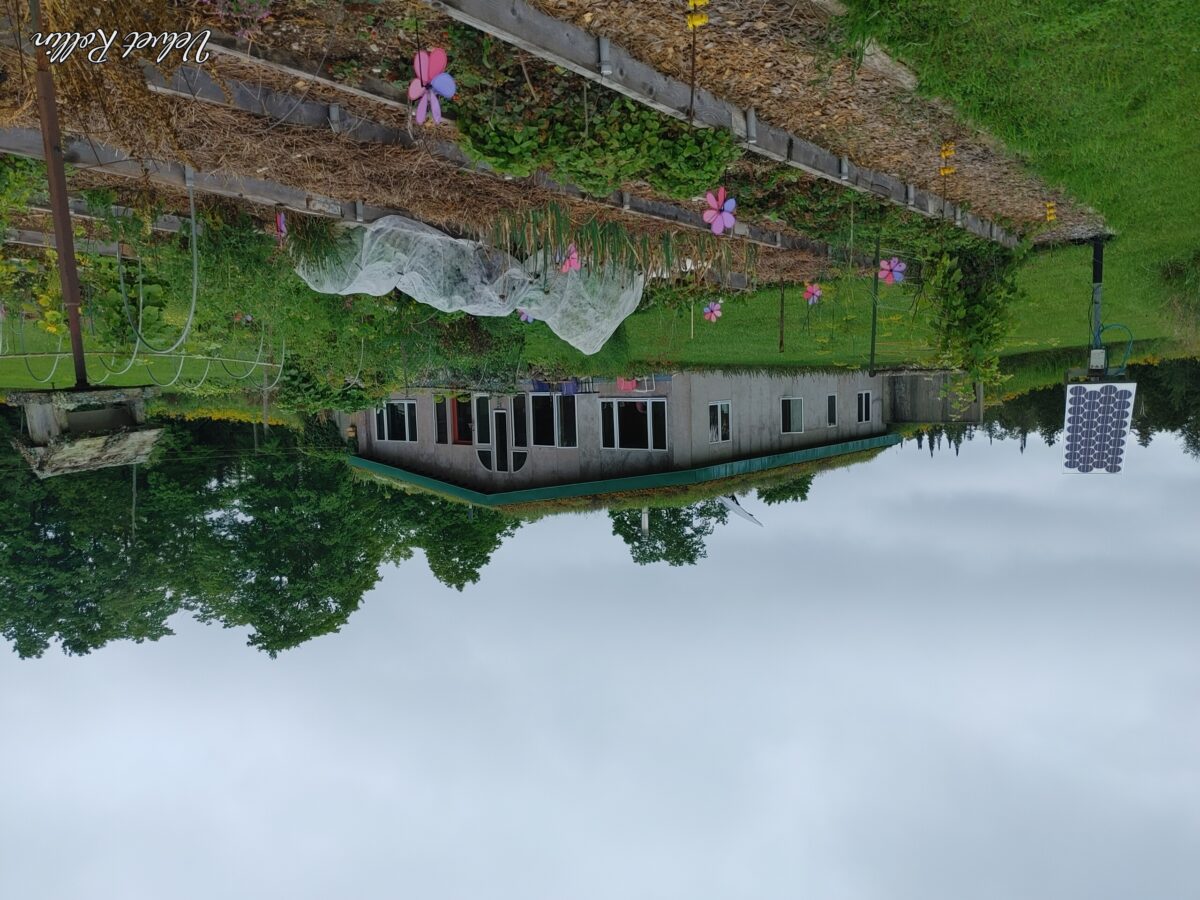
Powering Up
“Living off-grid means you’re not tied into the power system, so you have to rely on your own power generation,” explained Velvet. That means, Yves added, “You have to be willing to make some choices. It means modifying your behavior. We don’t have a fridge; we do have a microwave, but we only use it in the summertime when it’s really sunny. We don’t have a clothes dryer.”
They bought a trailer and moved onto the property with their two sons, aged 5 and 6. “That summer in the trailer was the best summer ever,” said Velvet. They lived in the trailer from 2000 to 2002, using materials for the prospective house to insulate the trailer in the winter. Camping on the property was educational for them as well: “We thought we were going to go all solar. That first winter, there were only eight full-sun days, and we knew that we could not do all solar power.”
Yves and Velvet use a combination of wind and solar power. They have a 1-kilowatt turbine, so small that it isn’t sold anymore, Velvet said. It doesn’t produce a lot of power, and it doesn’t save power, though it can be used to charge batteries.
“The advantage of a wind turbine is it can run 24 hours a day,” Velvet said. “Any stormy weather is awesome for us. In the winter, we’d see how strong the wind was and be like, ‘Yes! We can run whatever we want tonight! We can watch a movie!’”

Over the years, solar panels have become a lot cheaper, and they now have 10 solar panels, producing about two kilowatts. “On a sunny summer day, we have to turn some of them off,” said Yves. “Too much power can overload the batteries.”
The batteries allow them to run the basics if they go for two or three days without power. “We live in such a way that we can easily cut back,” said Velvet. “We use a blender most days; if it’s a low power day, we don’t. We just adjust our power usage based on the weather. It’s a pretty cool way to live.”
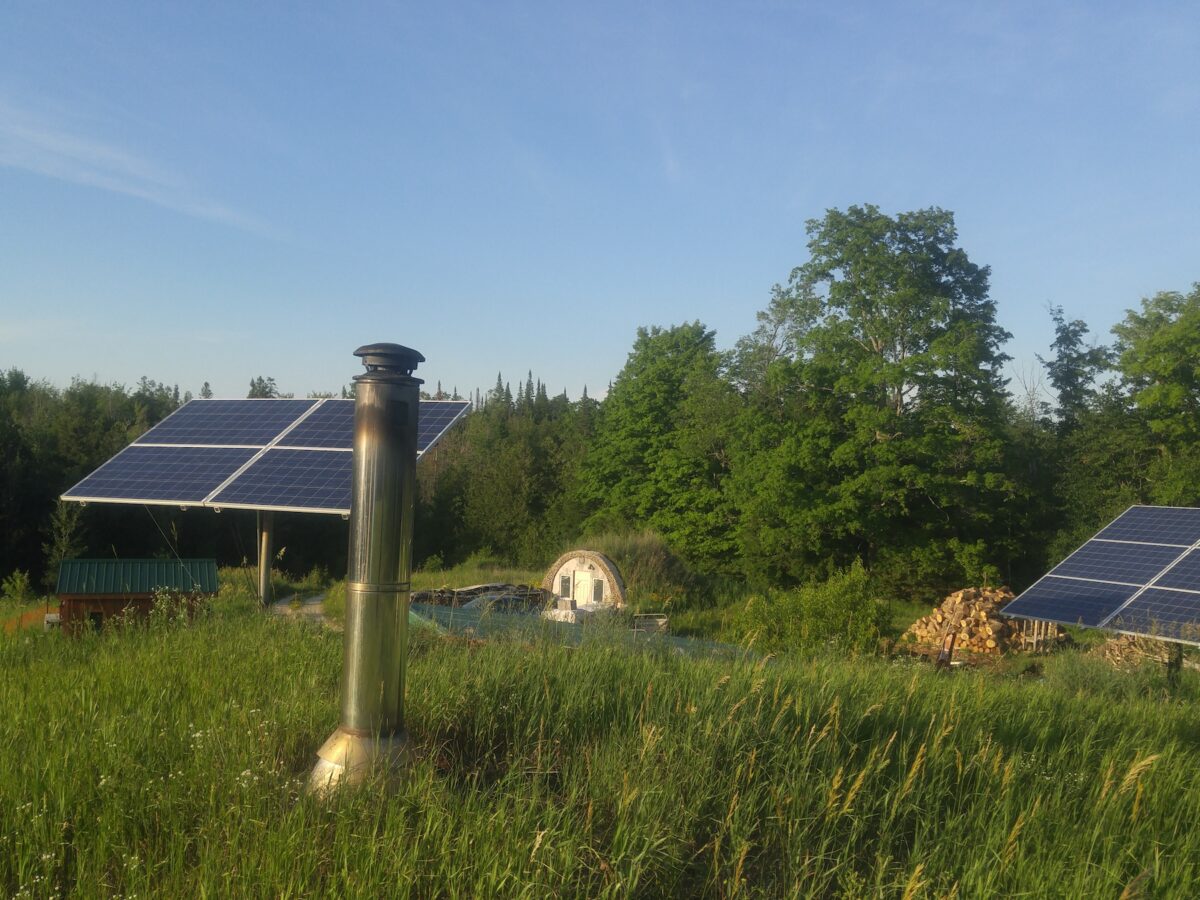
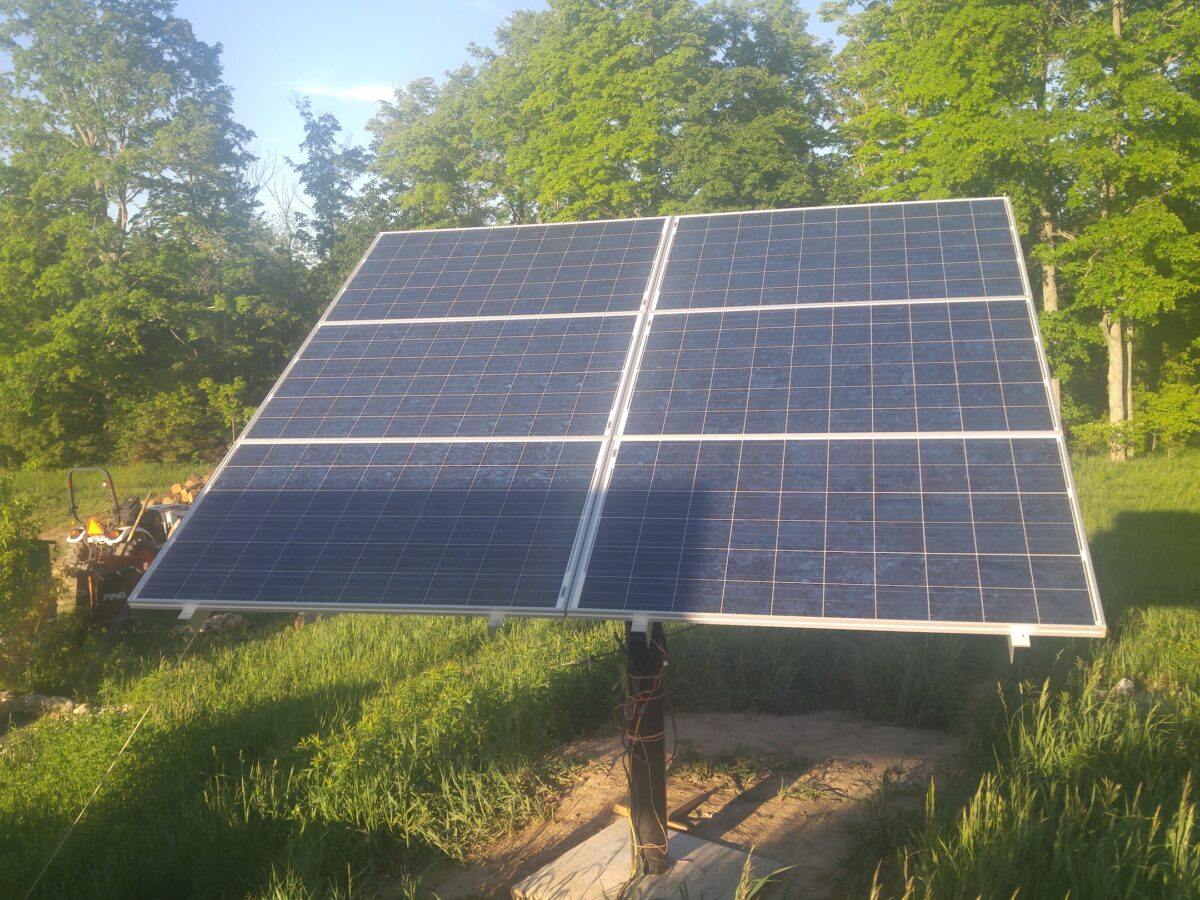
The fridge was the “‘make it or break it device,” according to Yves, when they decided to go off-grid. They had three choices: Buy $20,000 worth of solar panels to provide enough power to run a fridge (based on the cost at the time, in 2002), buy a $6,000 propane-fueled one that would have to be vented through the roof, or live without one.
“We have an ice-box instead,” said Velvet. “At the time you could buy ice blocks for $2.50, and we needed them from April until the end of October. I was working and driving through town each day, so we didn’t need to worry about storing meat; I bought meat the day we were going to cook it. We stored milk, cheese, and things like that.”
They still don’t have a fridge, but they did recently get a freezer. Freezers use less power now, and the Rollins have enough power in their finished home to run one. Ice blocks are less reliably available to buy, so Velvet makes ice in the freezer and also uses it for storing other goods. The ice box lives in the root cellar, which stays just above freezing in the winter and does not get warmer than 64 degrees in summer.
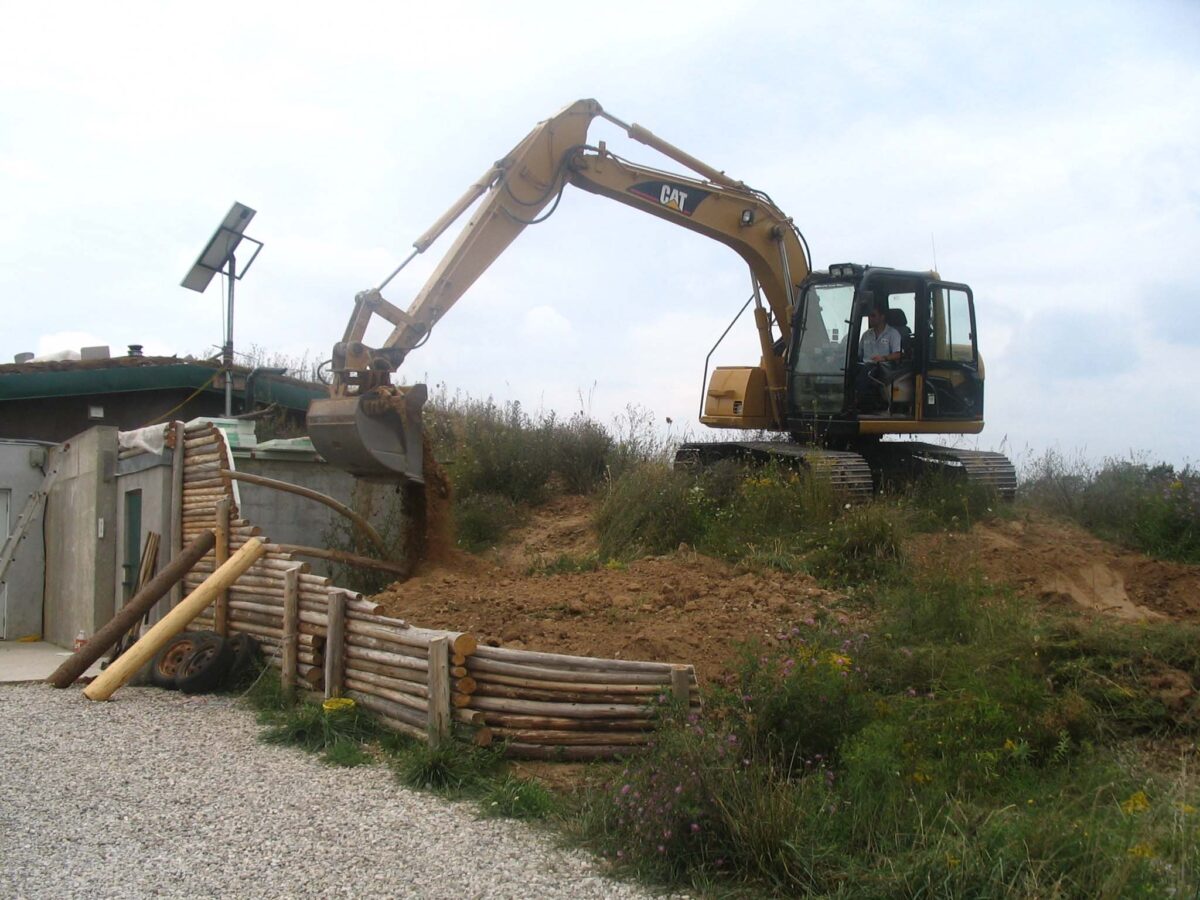
Gardening and Food Storage
Velvet is a food storing and canning expert, and she grows a large vegetable garden each year to help with their annual supplies. She and Yves had a garden when they lived in the city, so they knew a bit about growing vegetables before they started their off-grid adventure.
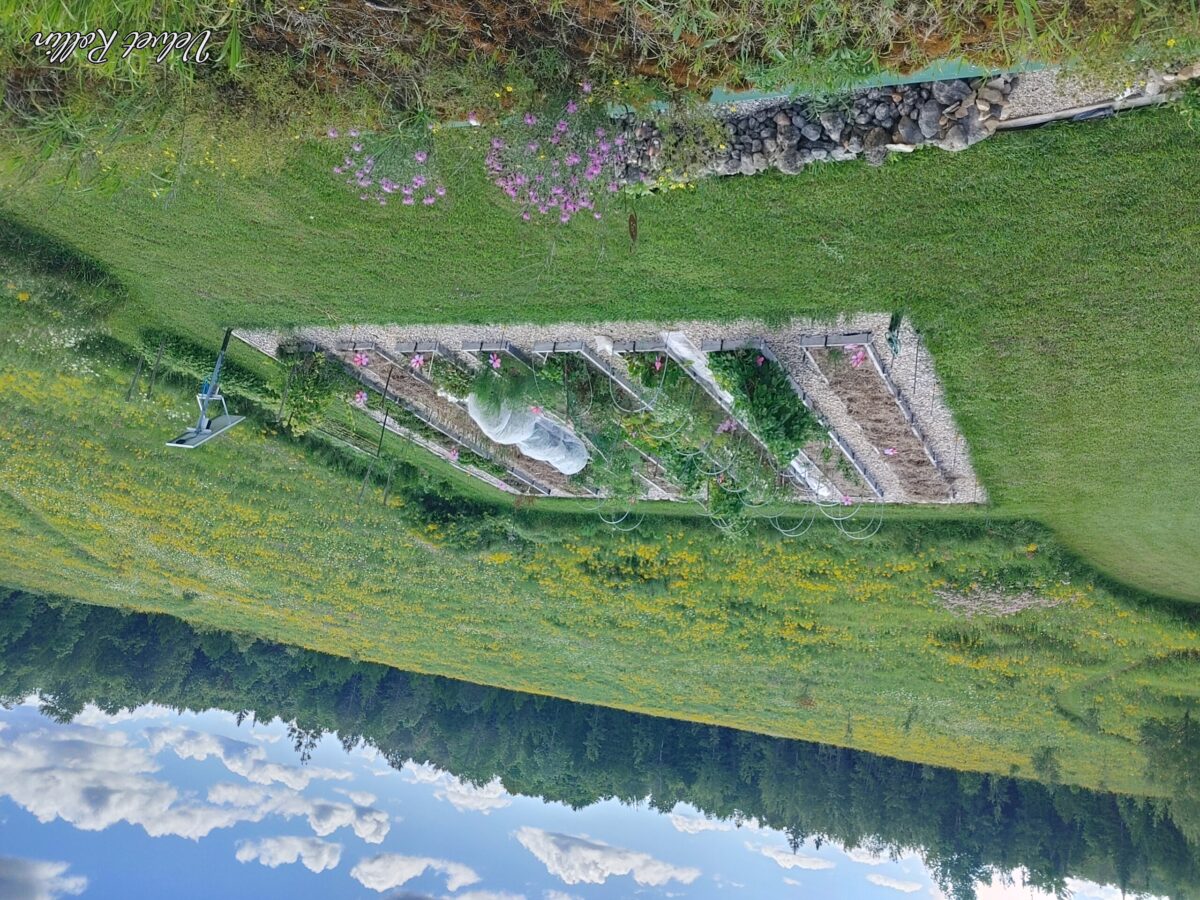
Velvet read in a Country Living book that the best thing you can do when breaking new ground for a garden is to have pigs on the land the year before you start. On her off-grid property, her garden is 40-by-46 feet, and she had four piglets on that spot.
“They did a lovely job of the ground, and their little hooves loosened it up as well,” she said. The key, she said, is to not feed the pigs any supplemental food, but to let them root around and dig up all the roots that have been growing there for years.
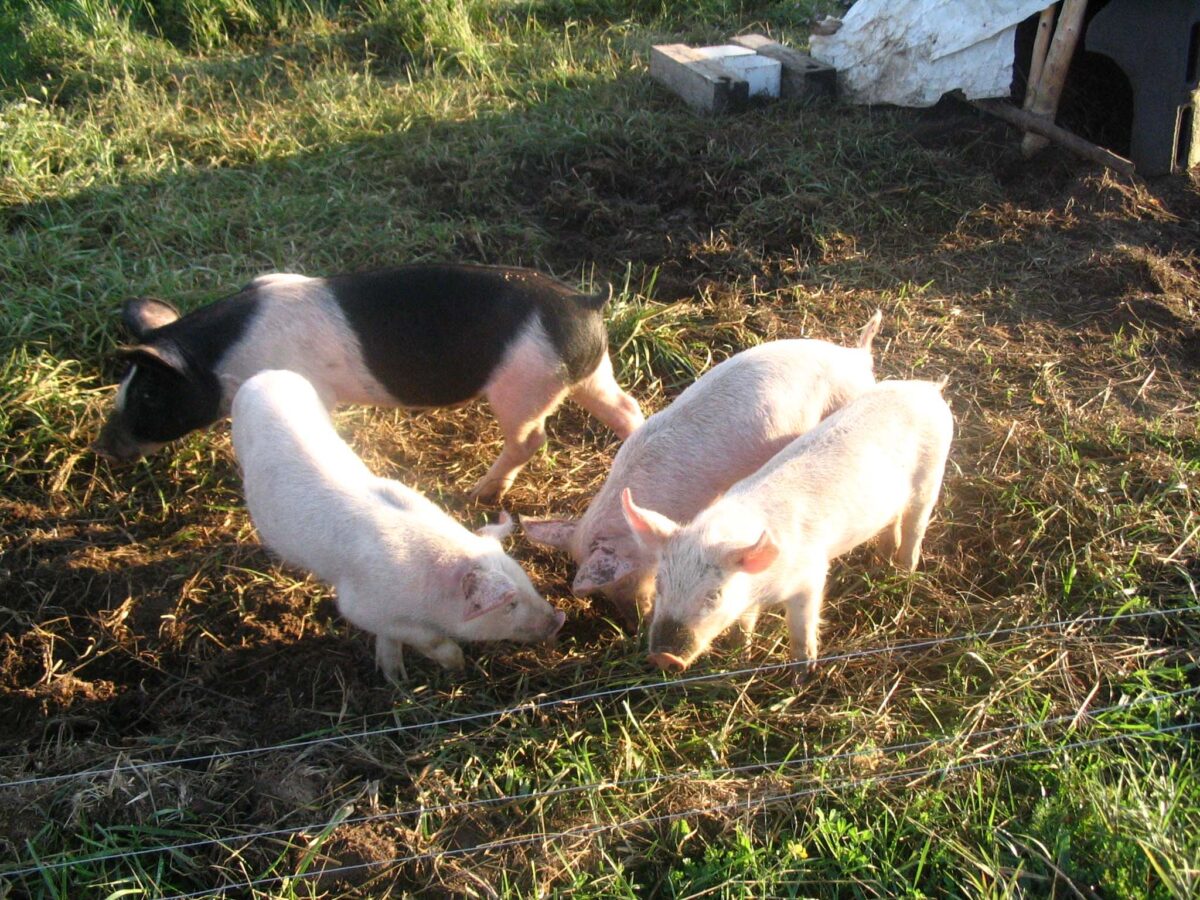
The Rollins have eight rows of raised beds, and they conservatively estimate that their growing season is reliable between June 6 and September 1. She rotates her crops annually to give the soil a break, and she enthusiastically preserves as much as she can.
Her goal is to have one year’s worth of food storage. When the children were younger, a fun adventure was to send them “shopping” in the storage room to find ingredients for a meal.
- Preserve your retirement with physical precious metals. Receive your free gold guide from Genesis Precious Metals to learn how.
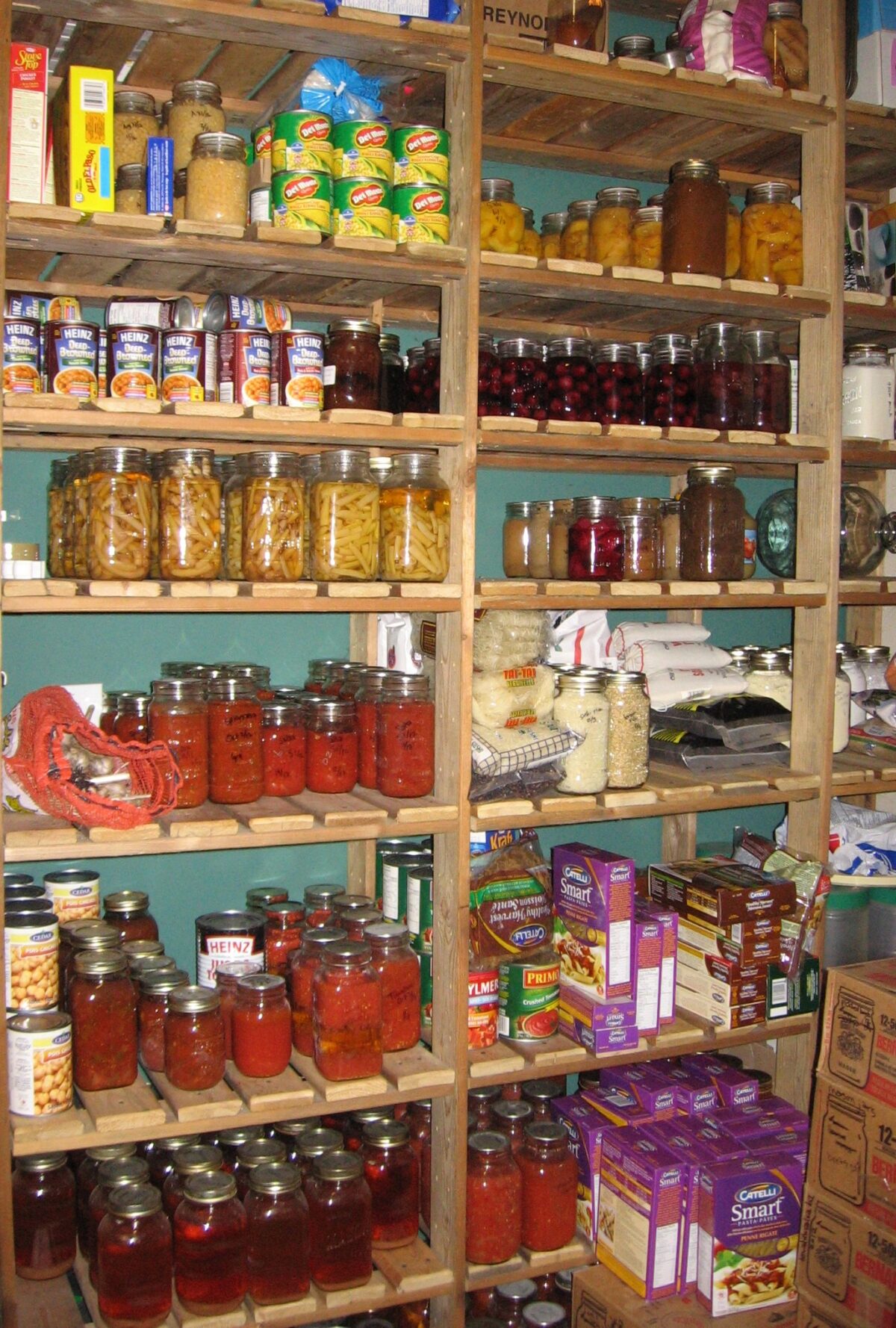
Raising a Family
Yves and Velvet built in chunks, as they had the money. They would buy $10,000 of materials, build, then pay off the line of credit and start again. Velvet said, “If you’re building your own house, there can be a lot of stress. So we knew we had to take our time and not put the pressure on,” she said.
“We learned to enjoy our children, to grow up with them. You’d like to finish the roof today, but you don’t have to.”
The house is earth-bermed, which means that earth is banked around and on top. As a result, the house appears to be built into a hill, with grass growing up and over it. They used to toboggan off the roof of the house in the winter, and in the summer they lay on the roof and read books.
One of Velvet’s best memories of the summer when they began to build the house is lying on the roof and reading “Harry Potter” to the boys.
“We read that whole series when we were building the house, and what a blessing that was. It was amazing,” she recalled.
From that first summer of building onward, the children were brought up to enjoy lazy days reading in a hammock, making mazes and forts with building materials, watching the patterns of weather and wildlife, and focusing on experiences rather than objects. As they grew up, their birthday parties were events that all their friends looked forward to. Instead of gifts, friends were asked to make something creative, which led to the sharing of many great desserts.
“Our children were famous for their gigantic cookie gifts for their friends,” said Velvet. “Not only the child whose birthday it was, but all of their friends who were going to the party, would ask if our children were bringing a giant cookie. They were always a hit!”
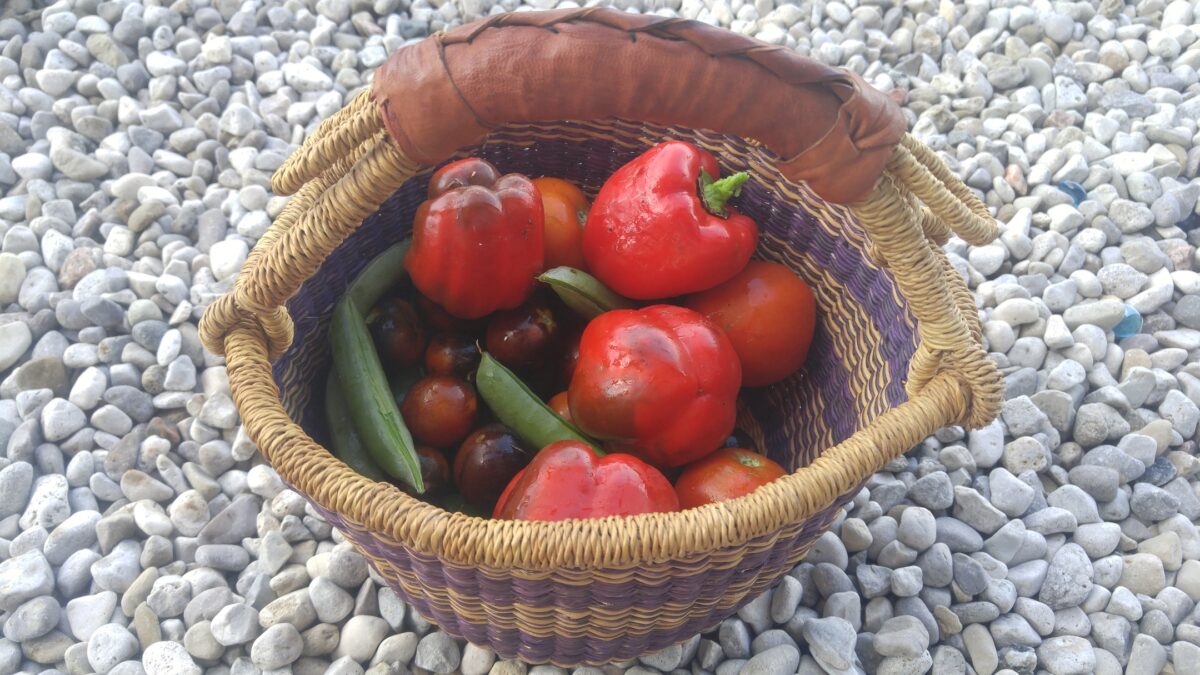
Lessons Lived and Learned
The Rollins live about 20 minutes from the nearest town, and once they felt a bit off-map as well as off-grid. One night in 2011, Yves and Velvet were out for the evening, and as they returned up their long driveway, they saw an orange glow ahead. The generator shed was on fire, along with two years’ worth of stored wood for the wood stove.
“It took a long time for the firefighters to get there,” said Velvet, “because they couldn’t find us! They found the end of the driveway but couldn’t see anything from there. They didn’t want to risk taking a truck down and getting stuck.” Eventually, Velvet drove up the driveway to meet the firefighters and guide them back to the house.
“Now the generator is in a steel shed with a concrete slab, and the propane tank is further away from the house,” said Yves. “We learned a few things!”
Growing up off-grid was a challenge for both of their sons, who missed living closer to their friends and were often frustrated. Velvet also acknowledged that “we did not realize our children found it as hard as they did when they were children—the power and water use issues.” The fire in the generator shed was a direct consequence of the kids trying to have access to more power. However, now that they are grown and living in cities, both their sons say that they are more careful in their use of water and power than their peers.
It’s been a life of learning, experimenting, and figuring things out along the way. From observing animal prints in the snow while walking to the children’s bus stop on winter mornings, to living without a kitchen sink before plumbing could be installed in the kitchen, to building an earth-bermed bunny barn for raising rabbits, to realizing that their own dog was the culprit damaging the garden, the family has watched the weather, adapted their lives, learned to be creative and self-sufficient, and taken their journey one day at a time.
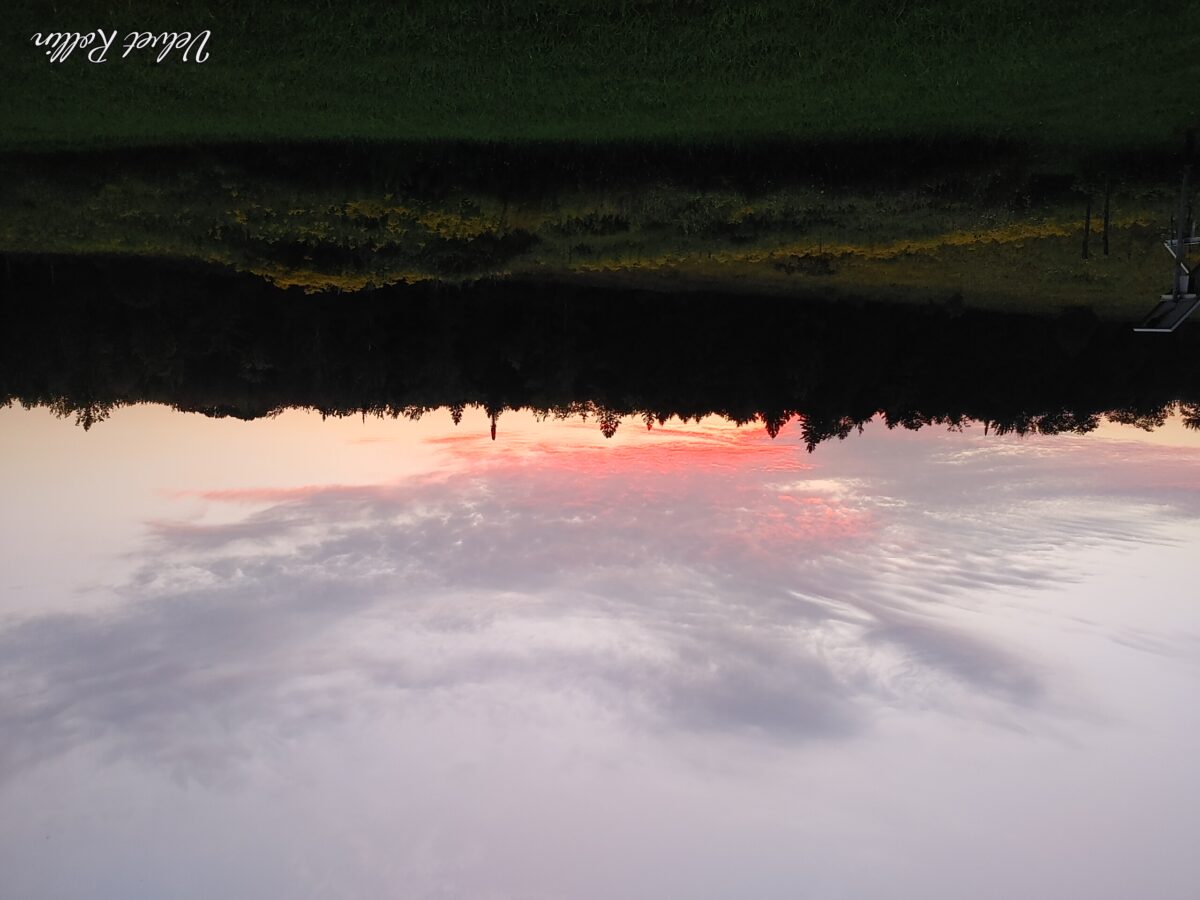
Tips From an Expert Gardener and Food Preserver
Gardening
One of Velvet’s top tips for growing vegetables is rotating crops each year, to give the soil a break. She also advises succession planting for fast-growing and fast-ripening crops, such as peas, carrots, and lettuce.
She recommends considering the amount of space available for planting and the amount of space required by a particular vegetable. For example, she does not grow potatoes because they take up an enormous amount of growing space. Also, she says, they are readily and cheaply available from local farmers.
Grow what you love and you know you will eat. She does not grow broccoli because “it’s ready all at once and I can’t eat it that fast.” On the other hand, the Rollins love garlic and grow “tons of it.”
Finally, try to guard and protect the garden against pests, which can include critters and beetles. Yves uses what he calls “whirligigs,” small windmills, to ward off chipmunks and rabbits, and Velvet covers one row of plants that are prone to beetle infestations. Try, also, to be sure that it’s not your own dog wreaking havoc when your back is turned!
Don’t just survive — THRIVE! Prepper All-Naturals has freeze-dried steaks for long-term storage. Don’t wait for food shortages to get worse. Stock up today. Use promo code “jdr” at checkout for 25% off!

Food Storage
“Store what you eat.” There is no point to having loads of tinned peaches on hand if no one in the family eats them. “Make a list of your family’s top meals and start storing ingredients for those,” Velvet advised.
“Eat what you store, otherwise you are wasting your money and food others would love to have access to. In the past some people bought food, stored it for a rainy day, but having had no rainy days, never ate it. In 30 years they opened it to discover that some of it had long gone bad.” Therefore, Velvet says, rotate your food.
“Slow and steady wins the race. As Covid-19 taught us, I hope, even when stores are struggling to bring in more food, more food will arrive. If you are starting to store food today, start slow and do what you can afford to do—instead of buying one can of tuna on sale, buy five cans.” Velvet advises against listening to fear-mongering messaging, as that can lead to feelings of overwhelm, which can make you shut down. Take things gradually, and don’t pressure yourself or your bank balance.
“Store some comfort foods and junk food–or ingredients to make your favorite junk foods.” Even in hard times, perhaps especially in hard times, people need an occasional indulgence.
“Travel this path with others and make it fun! If you make it fun, you will do it!” There are Facebook groups, for example, dedicated to the subjects of food storage, canning, dehydrating, and more. You can connect with a community of people sharing tips, ideas, success stories, and support. Velvet said, “Everyone I know personally who is storing food is doing so for more than themselves—they are doing it for family members, neighbors, and friends. Most of us intend to help take care of others in larger emergencies.”
Five Things New “Preppers” Forget When Getting Ready for Bad Times Ahead
The preparedness community is growing faster than it has in decades. Even during peak times such as Y2K, the economic downturn of 2008, and Covid, the vast majority of Americans made sure they had plenty of toilet paper but didn’t really stockpile anything else.
Things have changed. There’s a growing anxiety in this presidential election year that has prompted more Americans to get prepared for crazy events in the future. Some of it is being driven by fearmongers, but there are valid concerns with the economy, food supply, pharmaceuticals, the energy grid, and mass rioting that have pushed average Americans into “prepper” mode.
There are degrees of preparedness. One does not have to be a full-blown “doomsday prepper” living off-grid in a secure Montana bunker in order to be ahead of the curve. In many ways, preparedness isn’t about being able to perfectly handle every conceivable situation. It’s about being less dependent on government for as long as possible. Those who have proper “preps” will not be waiting for FEMA to distribute emergency supplies to the desperate masses.
Below are five things people new to preparedness (and sometimes even those with experience) often forget as they get ready. All five are common sense notions that do not rely on doomsday in order to be useful. It may be nice to own a tank during the apocalypse but there’s not much you can do with it until things get really crazy. The recommendations below can have places in the lives of average Americans whether doomsday comes or not.
Note: The information provided by this publication or any related communications is for informational purposes only and should not be considered as financial advice. We do not provide personalized investment, financial, or legal advice.
Secured Wealth
Whether in the bank or held in a retirement account, most Americans feel that their life’s savings is relatively secure. At least they did until the last couple of years when de-banking, geopolitical turmoil, and the threat of Central Bank Digital Currencies reared their ugly heads.
It behooves Americans to diversify their holdings. If there’s a triggering event or series of events that cripple the financial systems or devalue the U.S. Dollar, wealth can evaporate quickly. To hedge against potential turmoil, many Americans are looking in two directions: Crypto and physical precious metals.
There are huge advantages to cryptocurrencies, but there are also inherent risks because “virtual” money can become challenging to spend. Add in the push by central banks and governments to regulate or even replace cryptocurrencies with their own versions they control and the risks amplify. There’s nothing wrong with cryptocurrencies today but things can change rapidly.
As for physical precious metals, many Americans pay cash to keep plenty on hand in their safe. Rolling over or transferring retirement accounts into self-directed IRAs is also a popular option, but there are caveats. It can often take weeks or even months to get the gold and silver shipped if the owner chooses to close their account. This is why Genesis Gold Group stands out. Their relationship with the depositories allows for rapid closure and shipping, often in less than 10 days from the time the account holder makes their move. This can come in handy if things appear to be heading south.
Lots of Potable Water
One of the biggest shocks that hit new preppers is understanding how much potable water they need in order to survive. Experts claim one gallon of water per person per day is necessary. Even the most conservative estimates put it at over half-a-gallon. That means that for a family of four, they’ll need around 120 gallons of water to survive for a month if the taps turn off and the stores empty out.
Being near a fresh water source, whether it’s a river, lake, or well, is a best practice among experienced preppers. It’s necessary to have a water filter as well, even if the taps are still working. Many refuse to drink tap water even when there is no emergency. Berkey was our previous favorite but they’re under attack from regulators so the Alexapure systems are solid replacements.
For those in the city or away from fresh water sources, storage is the best option. This can be challenging because proper water storage containers take up a lot of room and are difficult to move if the need arises. For “bug in” situations, having a larger container that stores hundreds or even thousands of gallons is better than stacking 1-5 gallon containers. Unfortunately, they won’t be easily transportable and they can cost a lot to install.
Water is critical. If chaos erupts and water infrastructure is compromised, having a large backup supply can be lifesaving.
Pharmaceuticals and Medical Supplies
There are multiple threats specific to the medical supply chain. With Chinese and Indian imports accounting for over 90% of pharmaceutical ingredients in the United States, deteriorating relations could make it impossible to get the medicines and antibiotics many of us need.
Stocking up many prescription medications can be hard. Doctors generally do not like to prescribe large batches of drugs even if they are shelf-stable for extended periods of time. It is a best practice to ask your doctor if they can prescribe a larger amount. Today, some are sympathetic to concerns about pharmacies running out or becoming inaccessible. Tell them your concerns. It’s worth a shot. The worst they can do is say no.
If your doctor is unwilling to help you stock up on medicines, then Jase Medical is a good alternative. Through telehealth, they can prescribe daily meds or antibiotics that are shipped to your door. As proponents of medical freedom, they empathize with those who want to have enough medical supplies on hand in case things go wrong.
Energy Sources
The vast majority of Americans are locked into the grid. This has proven to be a massive liability when the grid goes down. Unfortunately, there are no inexpensive remedies.
Those living off-grid had to either spend a lot of money or effort (or both) to get their alternative energy sources like solar set up. For those who do not want to go so far, it’s still a best practice to have backup power sources. Diesel generators and portable solar panels are the two most popular, and while they’re not inexpensive they are not out of reach of most Americans who are concerned about being without power for extended periods of time.
Natural gas is another necessity for many, but that’s far more challenging to replace. Having alternatives for heating and cooking that can be powered if gas and electric grids go down is important. Have a backup for items that require power such as manual can openers. If you’re stuck eating canned foods for a while and all you have is an electric opener, you’ll have problems.
Don’t Forget the Protein
When most think about “prepping,” they think about their food supply. More Americans are turning to gardening and homesteading as ways to produce their own food. Others are working with local farmers and ranchers to purchase directly from the sources. This is a good idea whether doomsday comes or not, but it’s particularly important if the food supply chain is broken.
Most grocery stores have about one to two weeks worth of food, as do most American households. Grocers rely heavily on truckers to receive their ongoing shipments. In a crisis, the current process can fail. It behooves Americans for multiple reasons to localize their food purchases as much as possible.
Long-term storage is another popular option. Canned foods, MREs, and freeze dried meals are selling out quickly even as prices rise. But one component that is conspicuously absent in shelf-stable food is high-quality protein. Most survival food companies offer low quality “protein buckets” or cans of meat, but they are often barely edible.
Prepper All-Naturals offers premium cuts of steak that have been cooked sous vide and freeze dried to give them a 25-year shelf life. They offer Ribeye, NY Strip, and Tenderloin among others.
Having buckets of beans and rice is a good start, but keeping a solid supply of high-quality protein isn’t just healthier. It can help a family maintain normalcy through crises.
Prepare Without Fear
With all the challenges we face as Americans today, it can be emotionally draining. Citizens are scared and there’s nothing irrational about their concerns. Being prepared and making lifestyle changes to secure necessities can go a long way toward overcoming the fears that plague us. We should hope and pray for the best but prepare for the worst. And if the worst does come, then knowing we did what we could to be ready for it will help us face those challenges with confidence.





